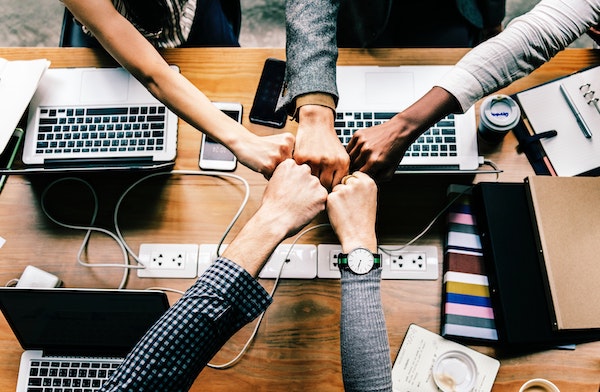By Belo Cipriani
While the meaning of diversity has morphed as much as the world around us in recent years, and some may even believe it has become a corporate buzzword, the truth of the matter is many employers are failing the LGBT community and people with disabilities by not properly defining diversity in their initiatives.
According to a 2017 report by Out and Equal Workplace Advocates, a nonprofit that tracks employment statistics for the LGBT community, 1 in 4 LGBT employees report experiencing employment discrimination in the last 5 years. Likewise, transgender people face double the rate of unemployment as the overall population, and nearly 1 in 10 LGBT employees have left a job because the environment was unwelcoming.
The Bureau of Labor Statistics (BLS) states in 2015, only 17.5 percent of people with a disability were employed — a steep contrast to the 65 percent of able-bodied individuals who were employed that year.
In 2017, Consolidated Edison Company of New York, Inc. (Con Ed), the utility company that provides New York City and Westchester County with electrical and gas services, was fined $800,000 by the EEOC for not hiring applicants with disabilities.
While some industries and places struggle more with diversity, such as high tech and television writers’ rooms, there are some organizations that are definitely hitting the diversity mark at the workplace.
Miguel Castro, Global Lead for Culture and Identity at SAP, shares LGBT people have a lot to offer to employers.
“In today’s world,” he said, “we know a commitment to inclusion is much more than a cultural ‘nice to have.’ In fact, it is proven that companies that are LGBT-inclusive are 72 percent more likely to attract allies as employees and increase productivity.”
“SAP is an active member,” Castro continued, “in recruitment and technology fairs targeting the LGBT and ally community across the globe, with examples like Lesbians Who Tech in San Francisco, and Sticks & Stones and #UNIT in Berlin.”
In addition to having LGBT-focused initiatives, SAP also has a division that actively recruits and supports people with disabilities. SAP’s “Differently Abled” area is lead by Stefanie Nennstiel, and the unit runs programs such as the world renowned Autism at Work, which helps people with autism enter the workforce, as well as SAP Software Accessibility, which ensures the highest levels of access guidelines are enforced across products.
Although some organizations are thriving as a result of their diversity strategies, there are far more that are simply getting worse when it comes to integrating inclusivity into their day-to-day operations.
Tammie Stevens, Daily Living Skills Trainer and Vocational Assessor for the Center of Vision Enhancement (COVE) in Merced, CA, a training facility for blind or visually impaired people, believes companies that struggle with diversity are organizations that have an antiquated perspective on diversity.
“Businesses focus so much on race,” she said, “that they leave everyone else out of the conversation. They don’t engage the communities they want to hire from and, instead, make assumptions on what will work.”
“For people with disabilities,” she continued, “this means that companies draw to conclusions on what we can or cannot do. They don’t realize that having a disability means being creative and resourceful on a daily basis, because we constantly have to adapt ourselves to our environments.”
As the definition of diversity continues to change, organizations that routinely reposition their inclusivity goals will find themselves at the heart of innovation.

